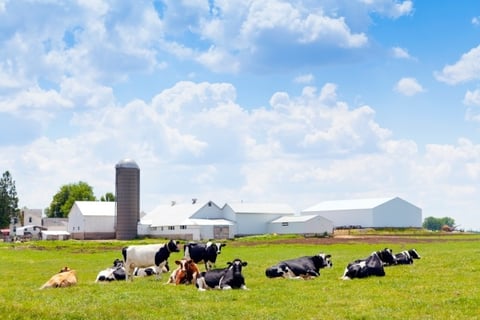For those in the dairy industry today, maintaining hygienic equipment is crucial for ensuring food product safety and the public’s health.
Setting the standard for sanitary equipment within the United States is 3-A SSI (3-A Sanitary Standards Inc.)—a leading independent, not-for-profit corporation that promotes hygienic equipment design. The guiding purpose of 3-A Sanitary Standards is to protect against food contamination by ensuring that all product contact surfaces can be mechanically cleaned and be dismantled easily for manual cleaning or inspection.
At Dixon, a designer and manufacturer of pumps and valves used across the dairy industry, engineers are closely involved in developing 3-A standards.
Because Dixon engineers work so closely with 3-A SSI, Dixon is at the forefront of maintaining compliance with changing safety requirements and in introducing upgrades and new products that meet these standards for the entire dairy industry—from the dairy farm to fluid milk plants, to cultured milk product plants, and beyond. Dixon engineers also continually review and update current products to maintain compliance with 3-A standards as they are revised.
Says Guskey, “Within the dairy industry, equipment must be designed so that microorganisms and other bacteria can be easily removed. That’s why it’s extremely important that Dixon engineers—who are involved in the earliest stages of the design of new products—are well versed in the standards for hygienic design.”
While 3-A SSI sets the standard for hygienic equipment design within the United States, the European Hygienic Engineering and Design Group (EHEDG), headquartered in Germany, offers guidelines used by manufacturers across Europe, Central and South America, and parts of Asia.
The work of EHEDG is important because due to rapid globalization, a mistake made by one equipment manufacturer, however small, could result in faulty equipment finding its way to dairies around the world.
This blog was excerpted from “The Dairy Industry and Food Safety” eBook.
